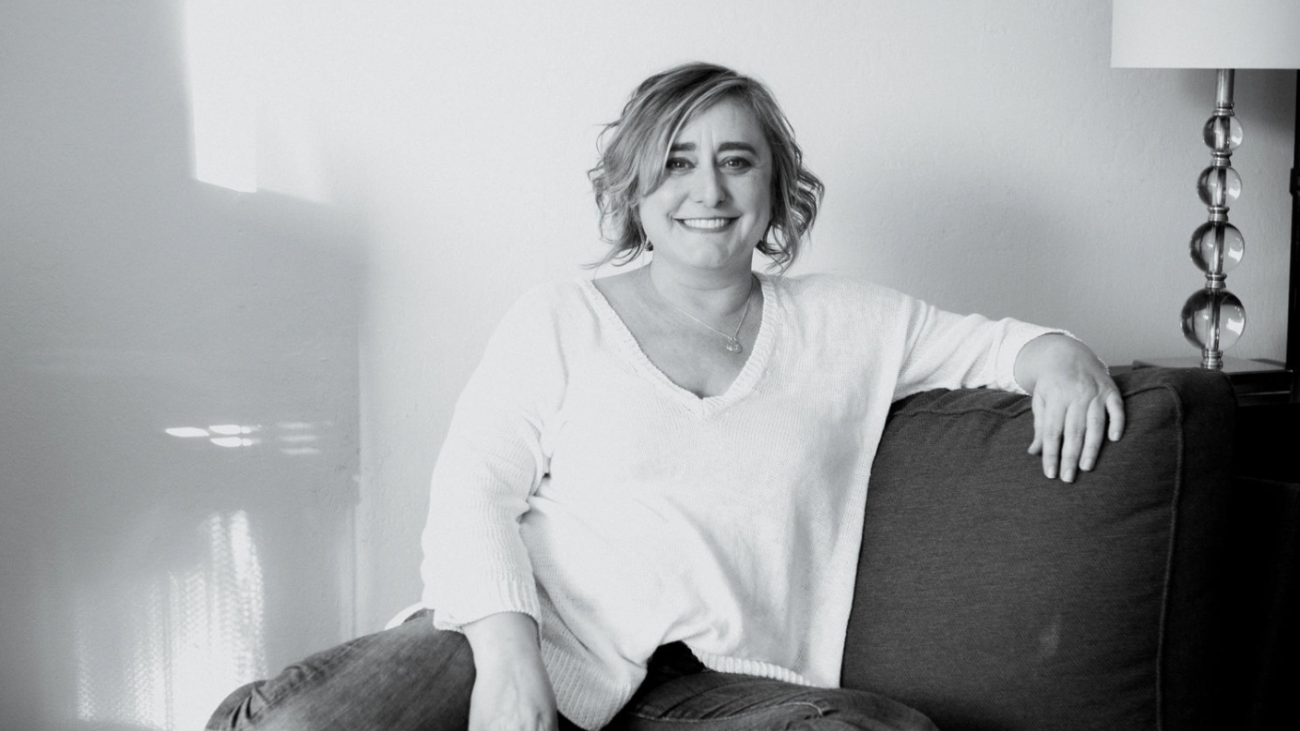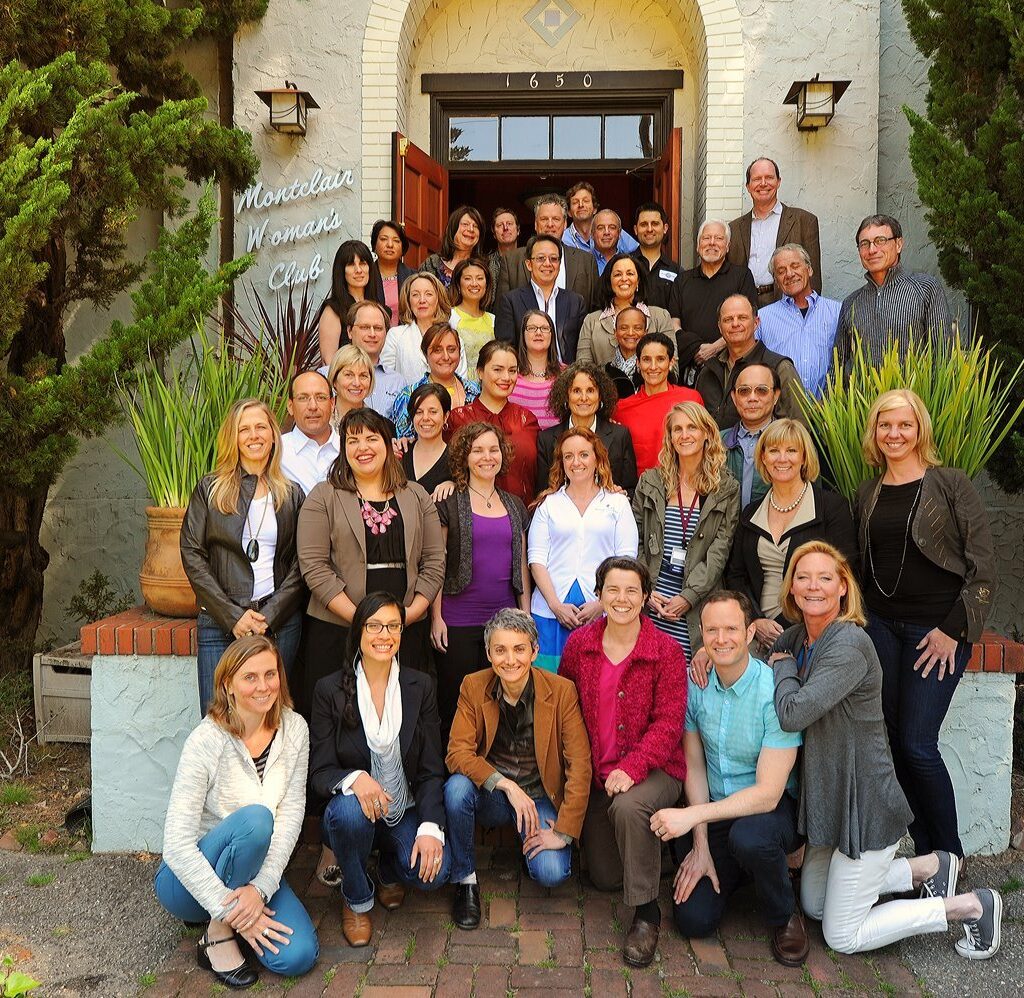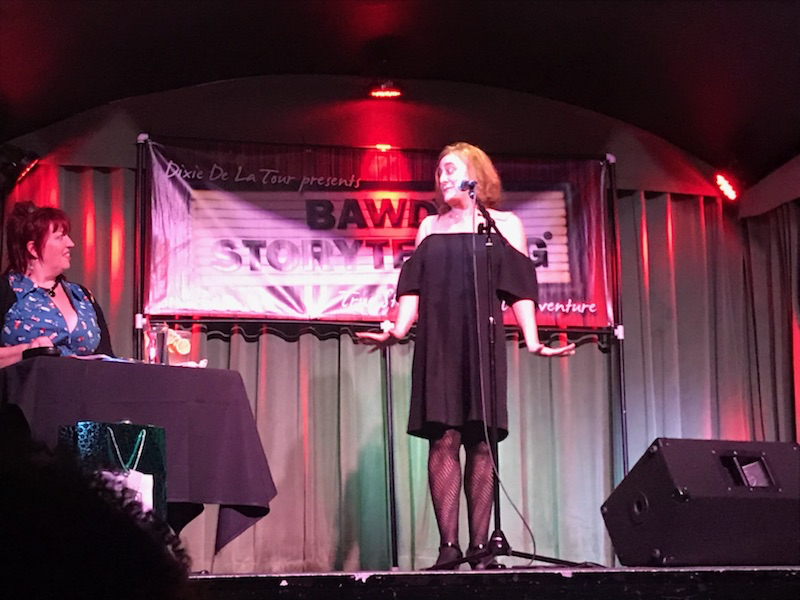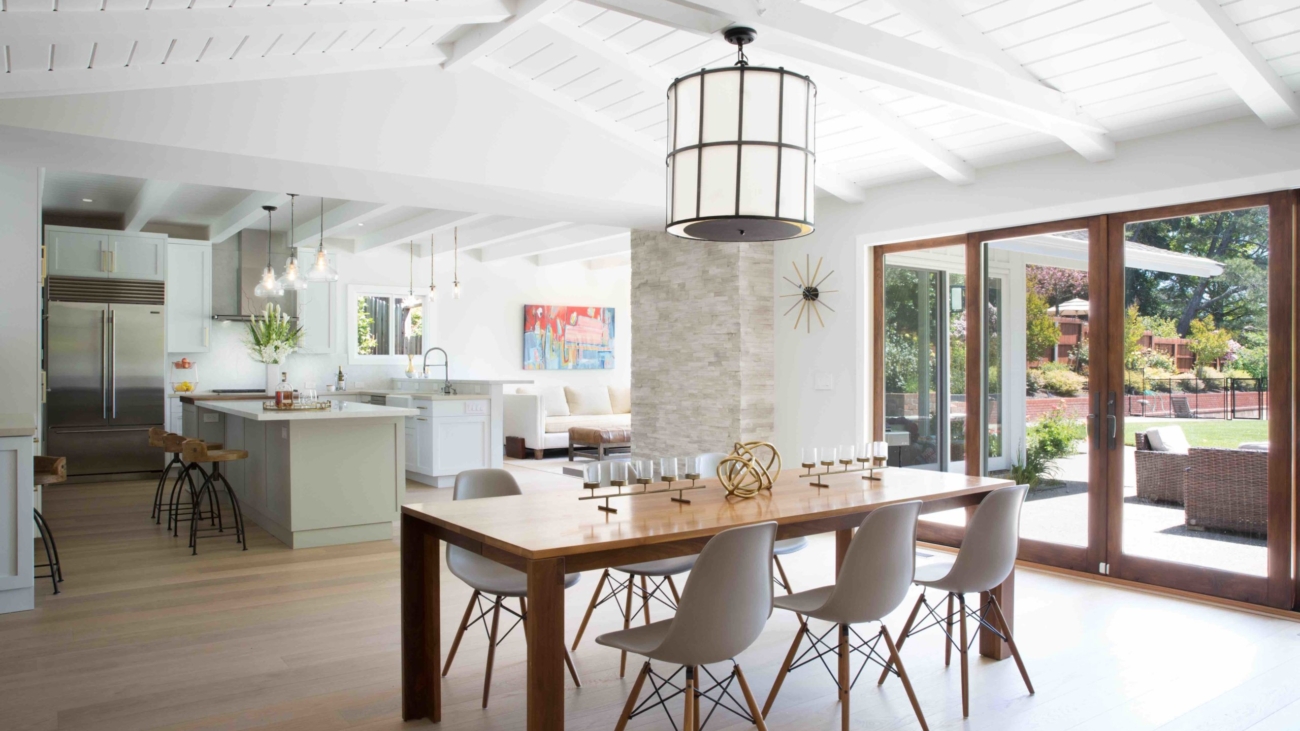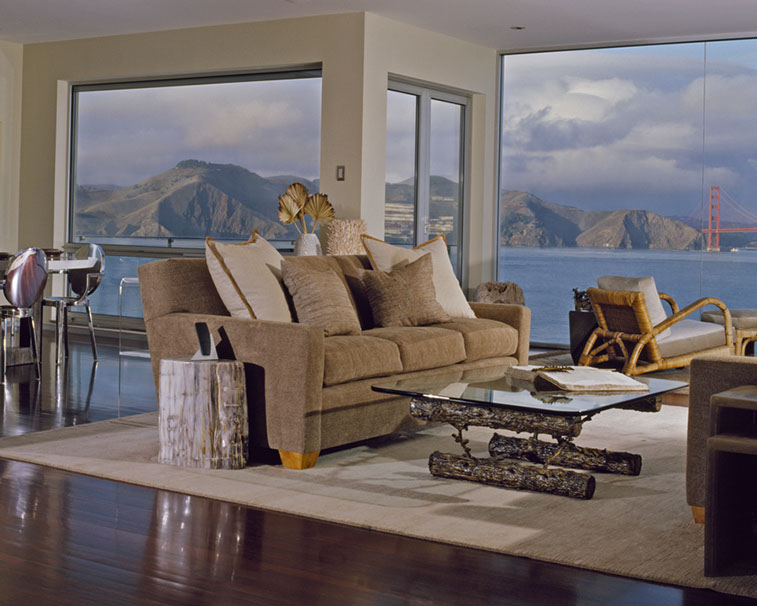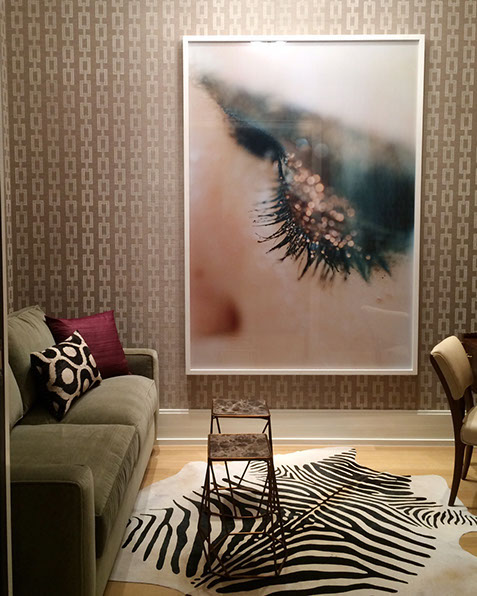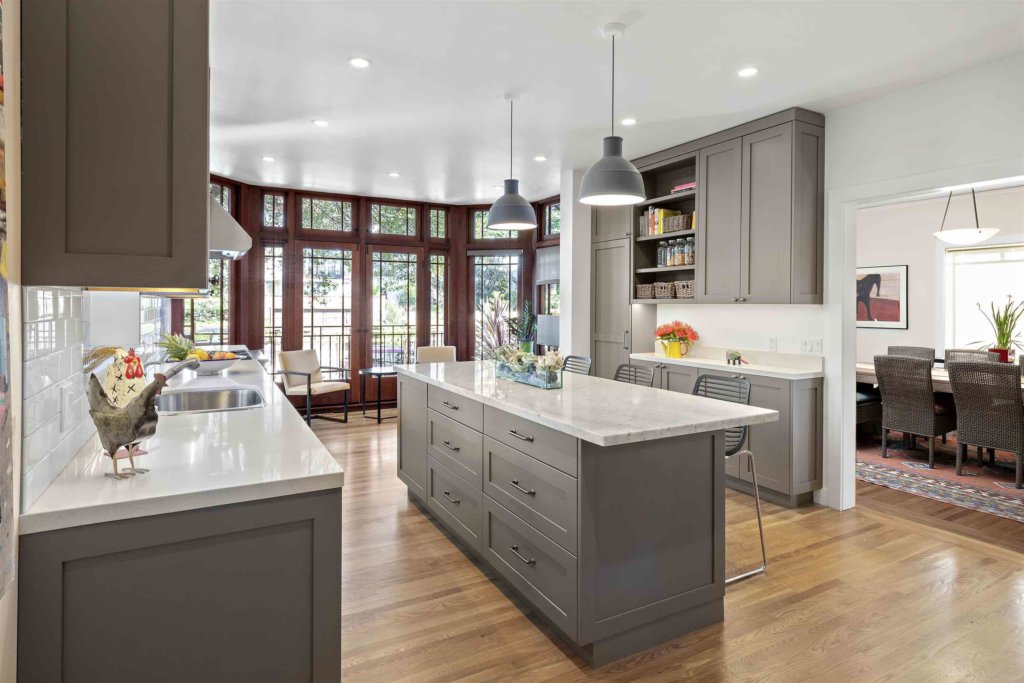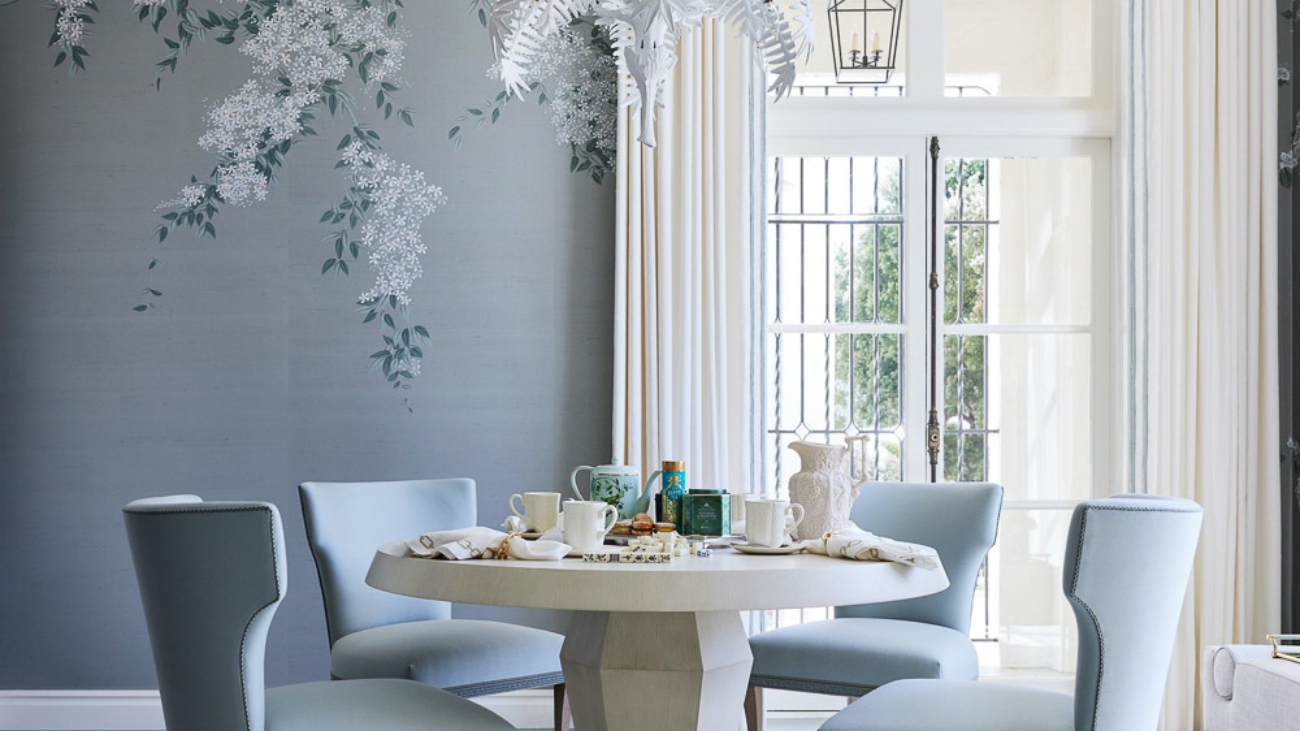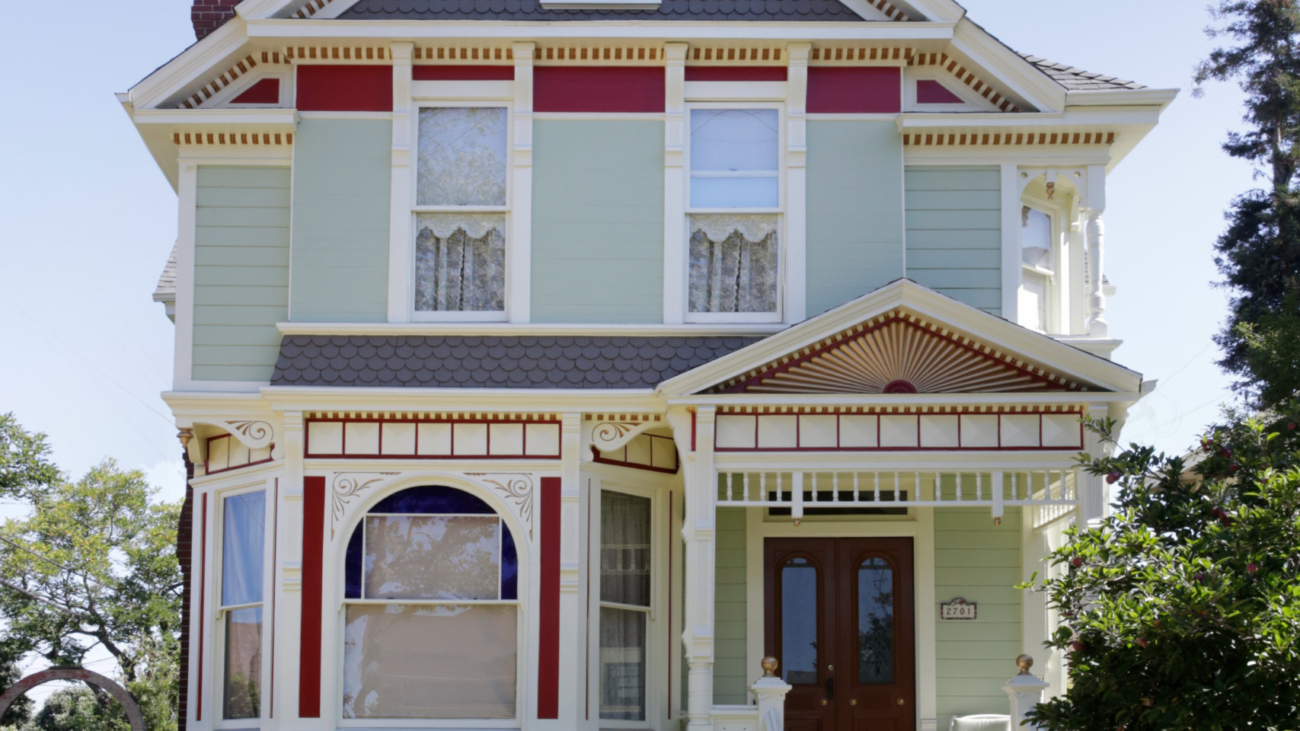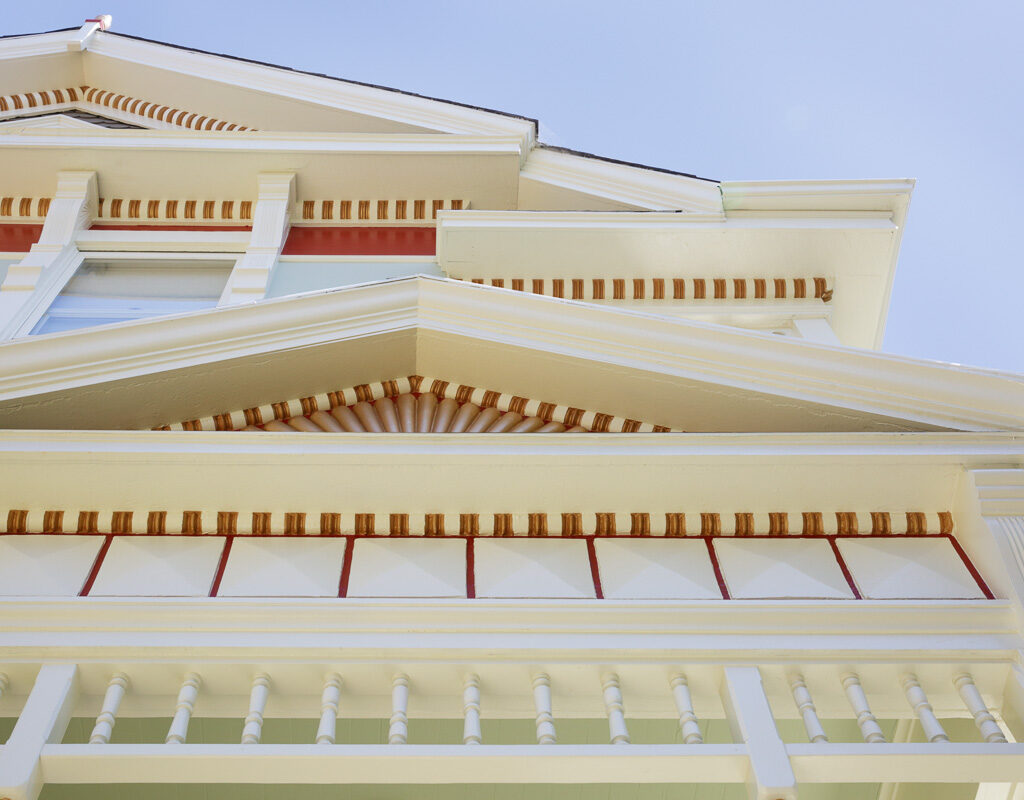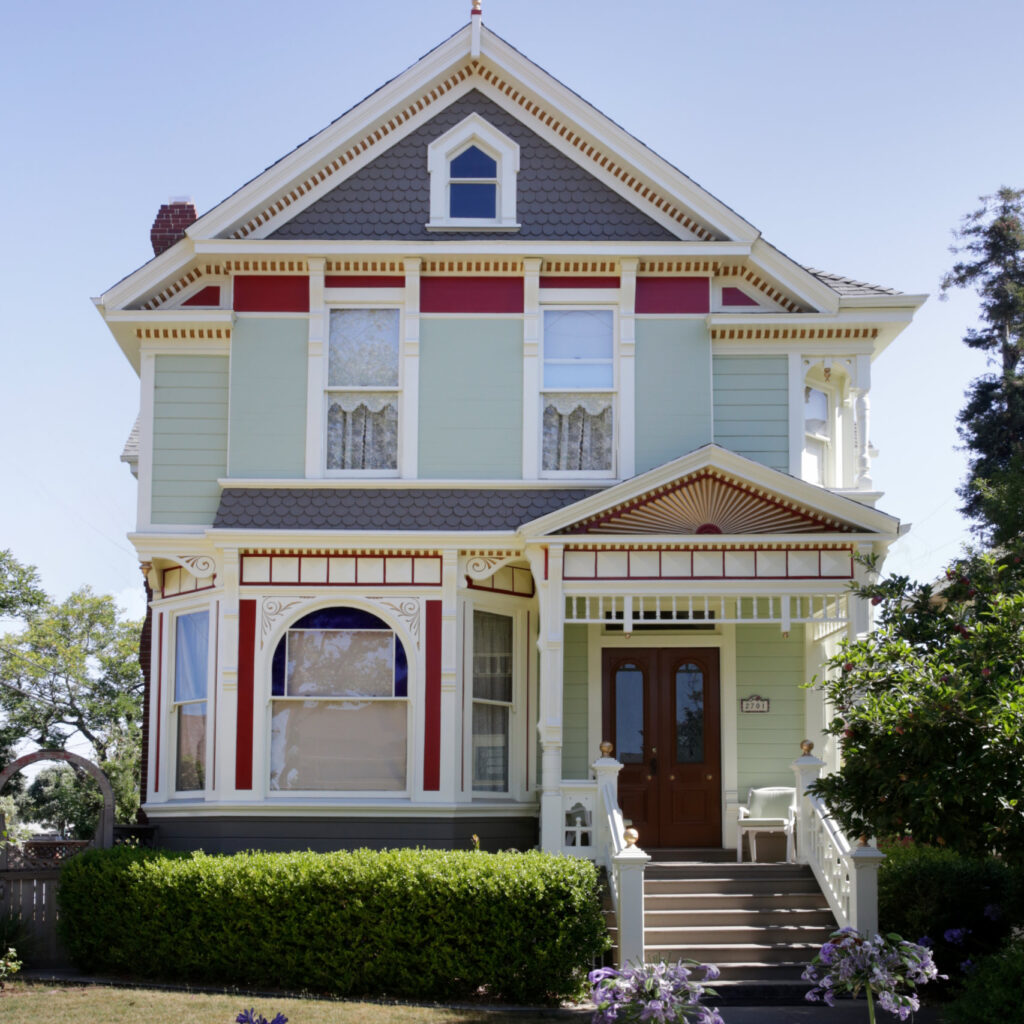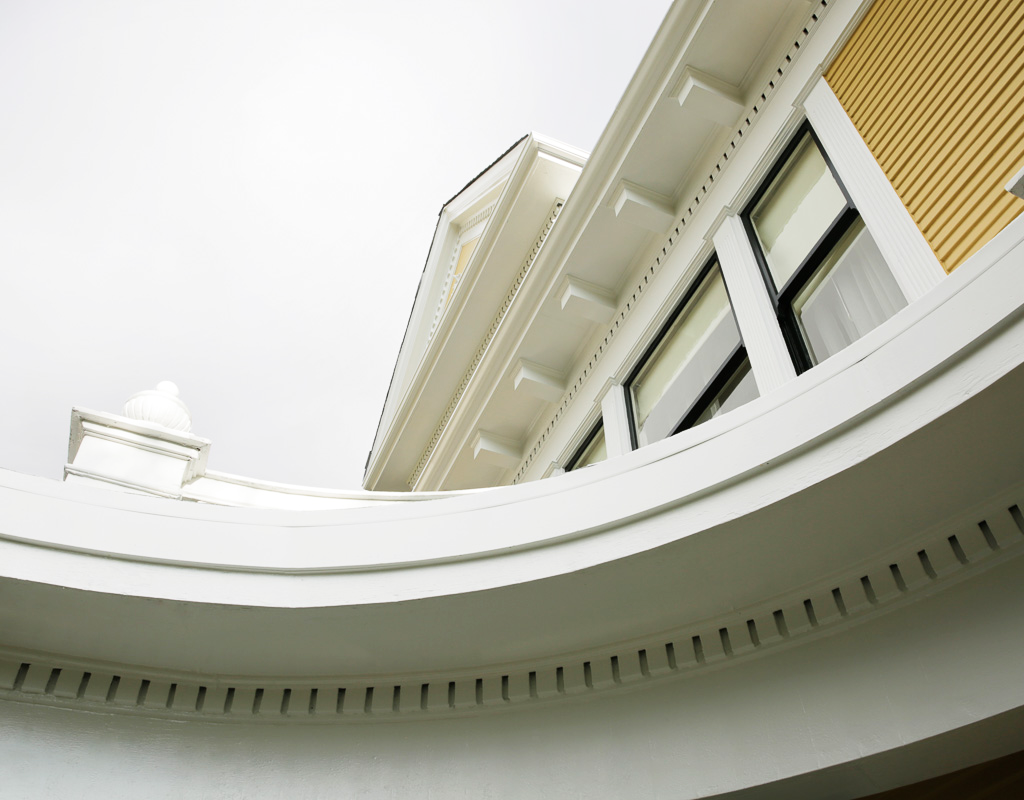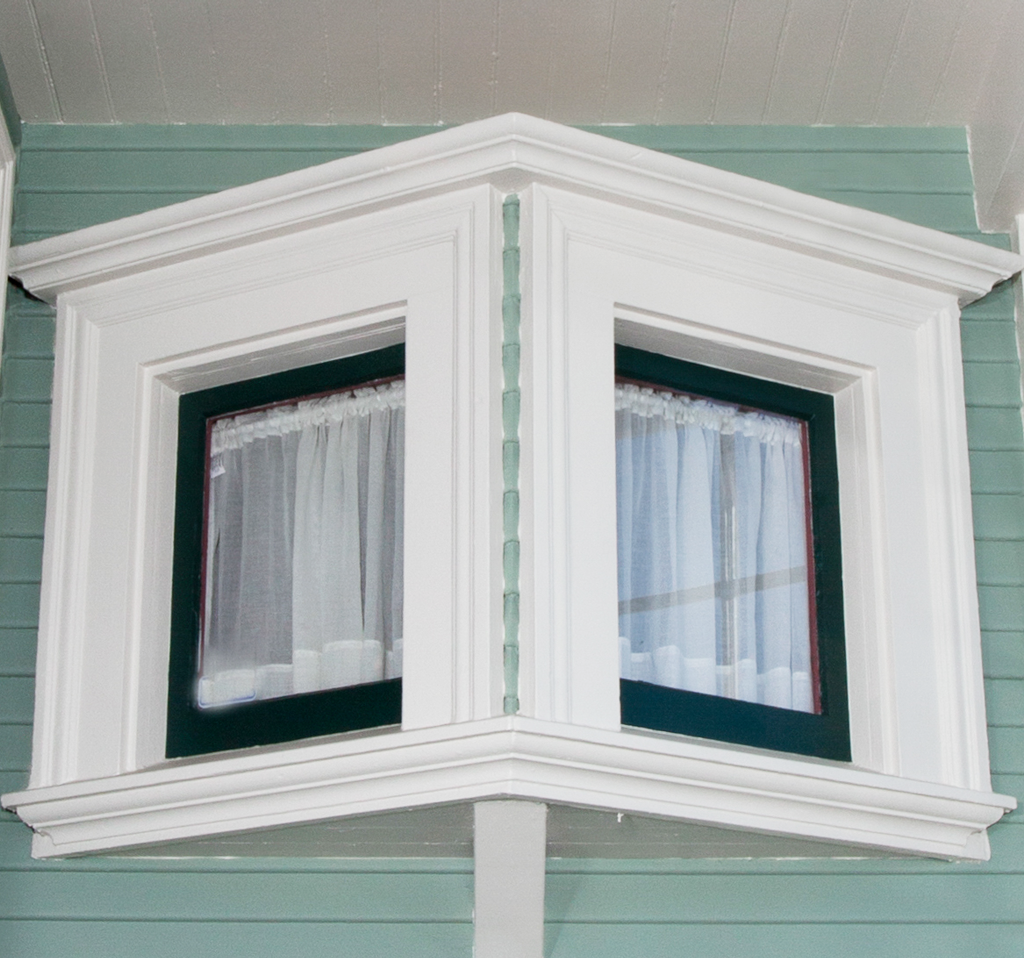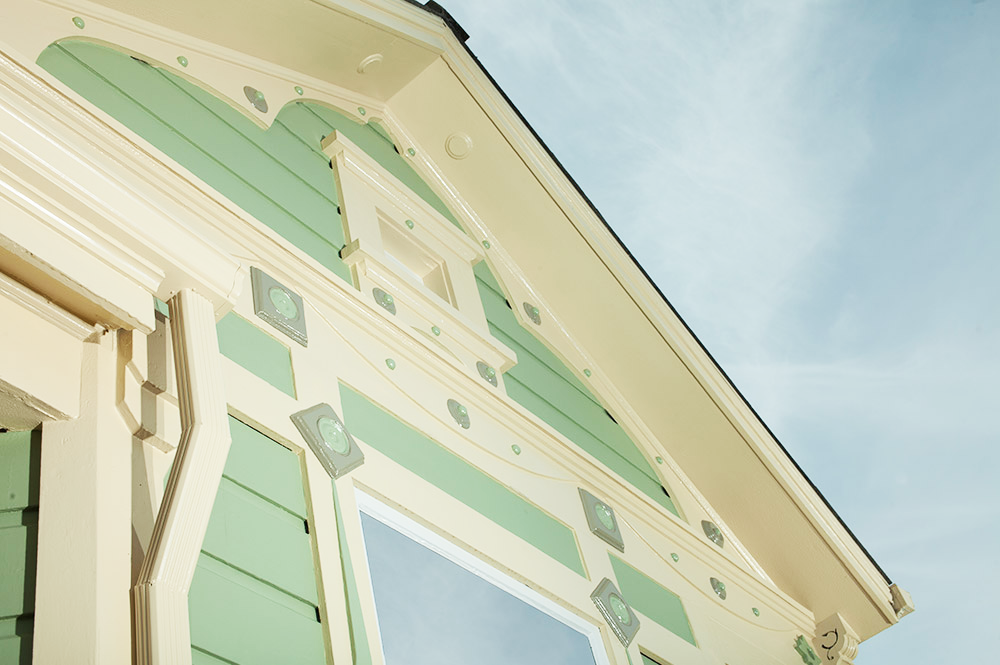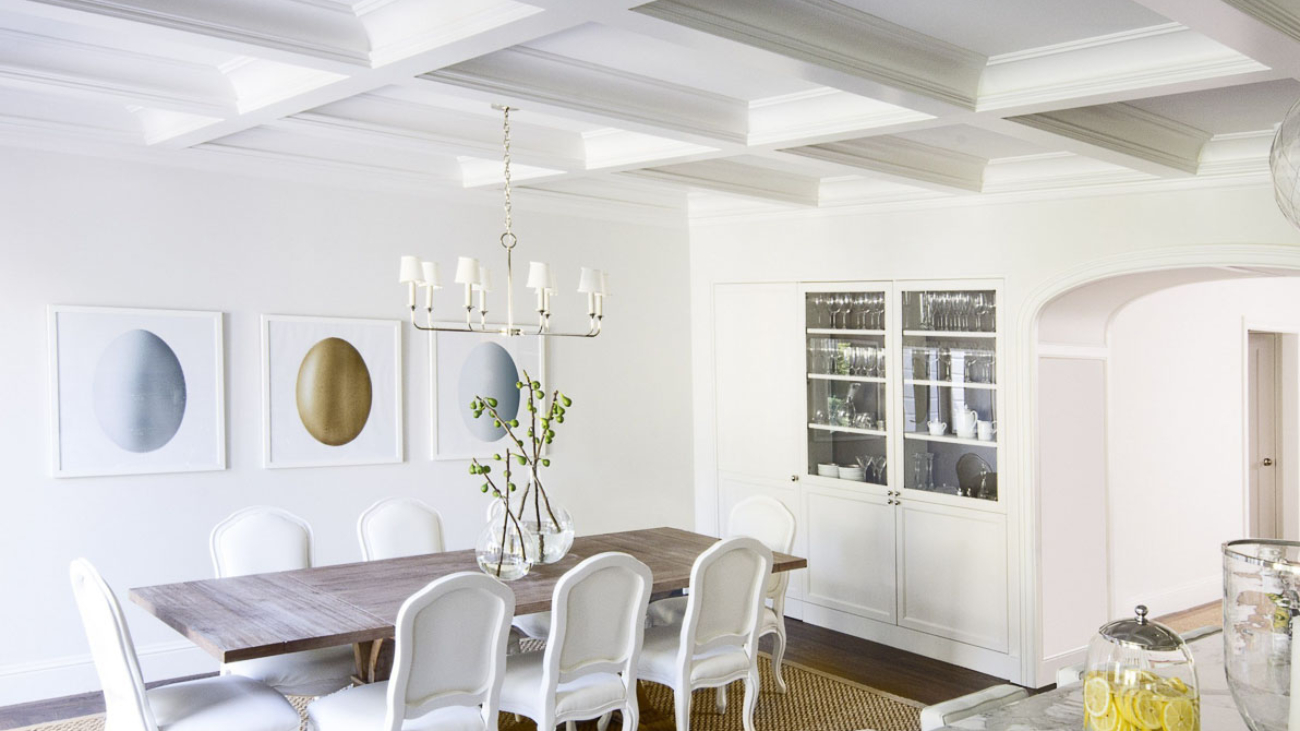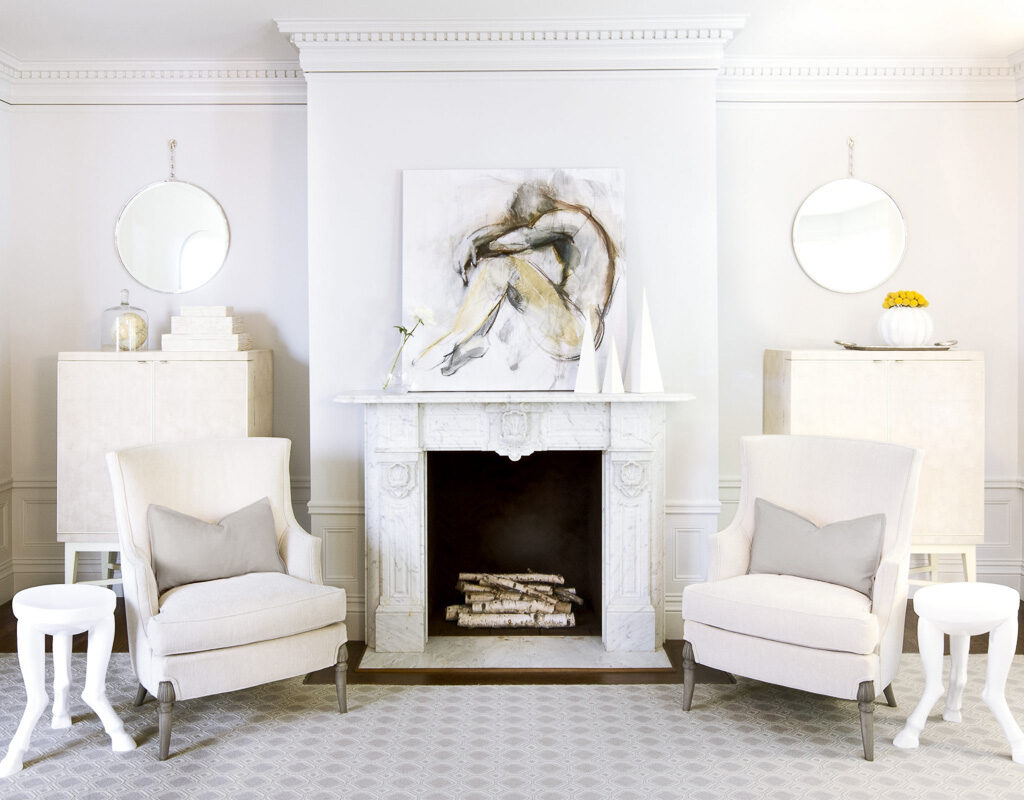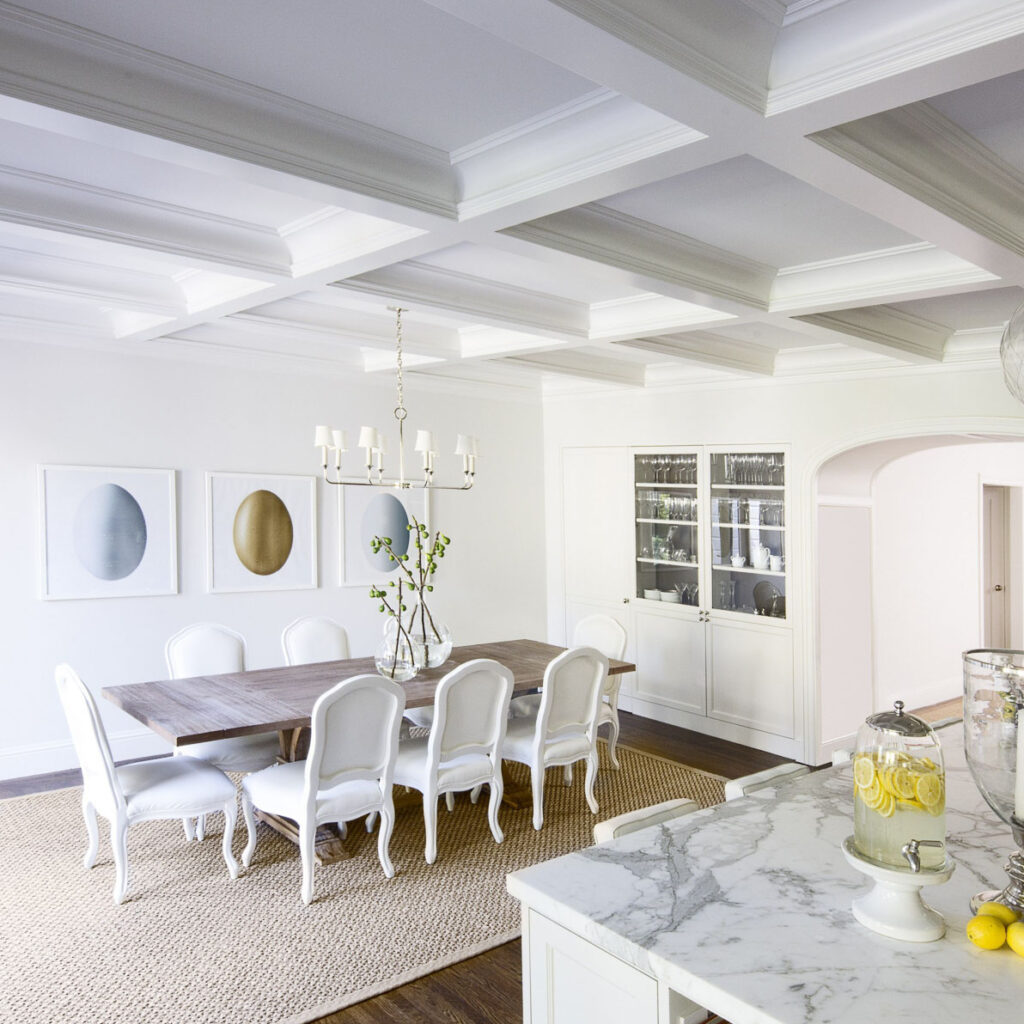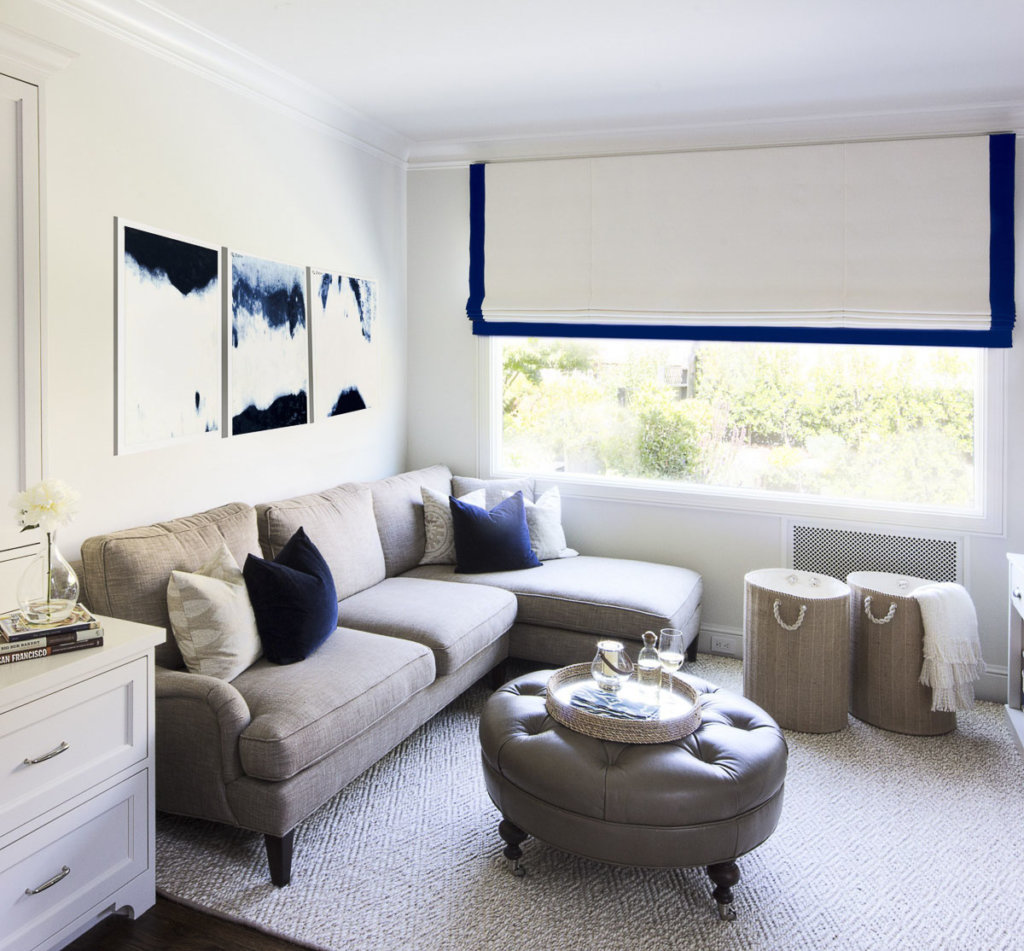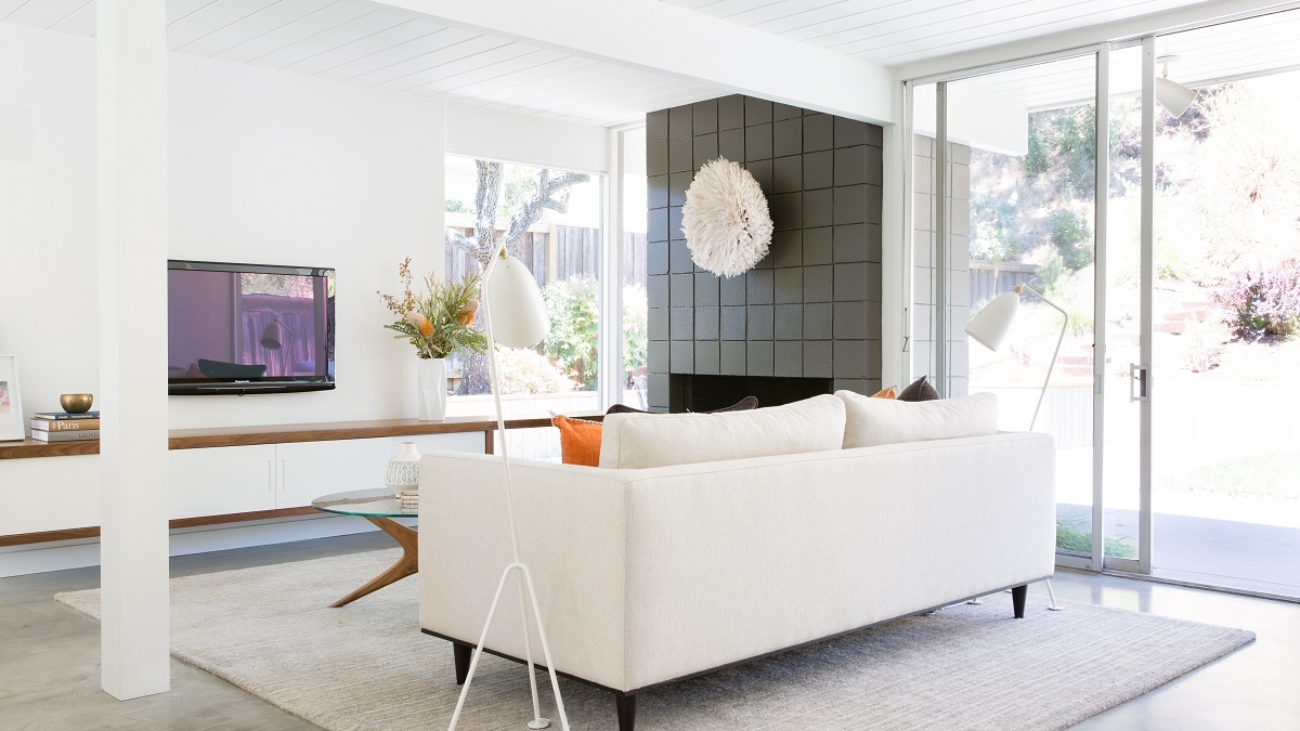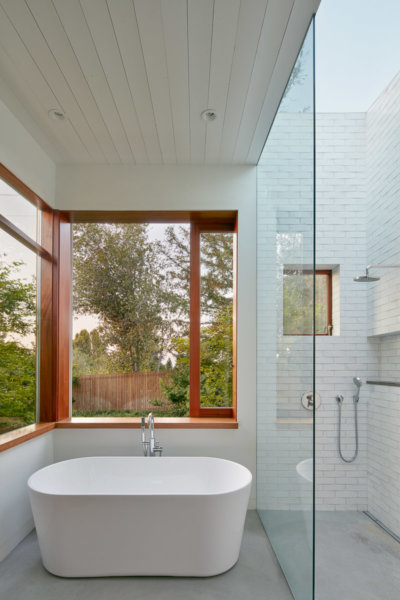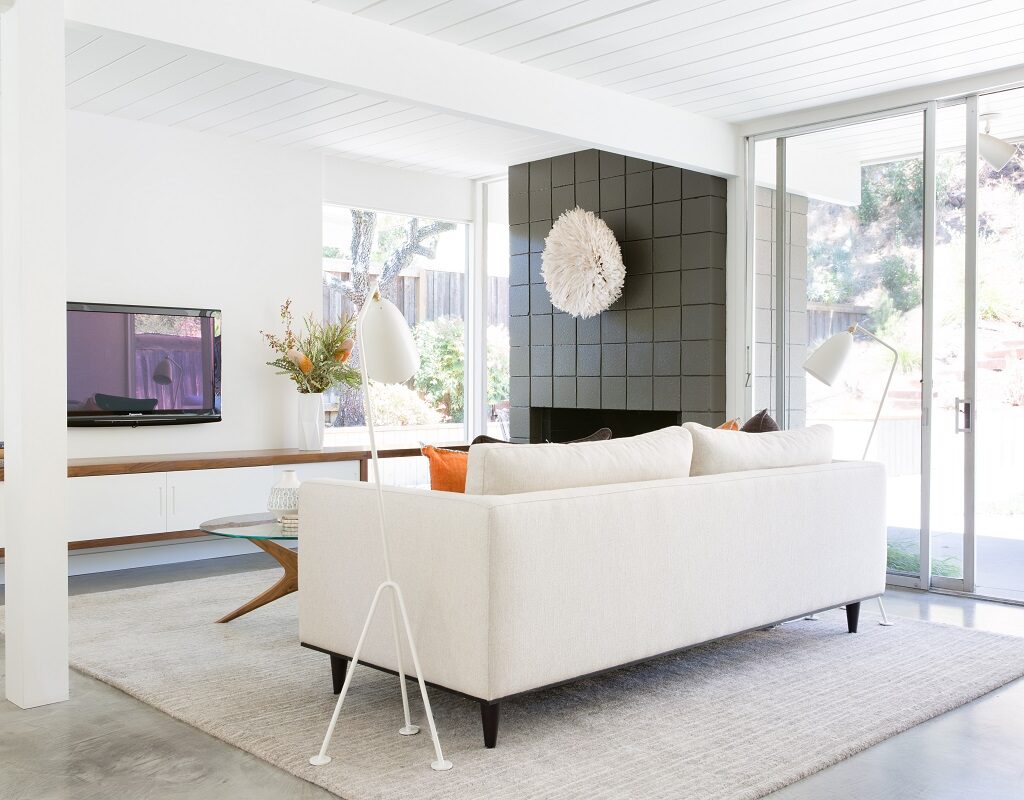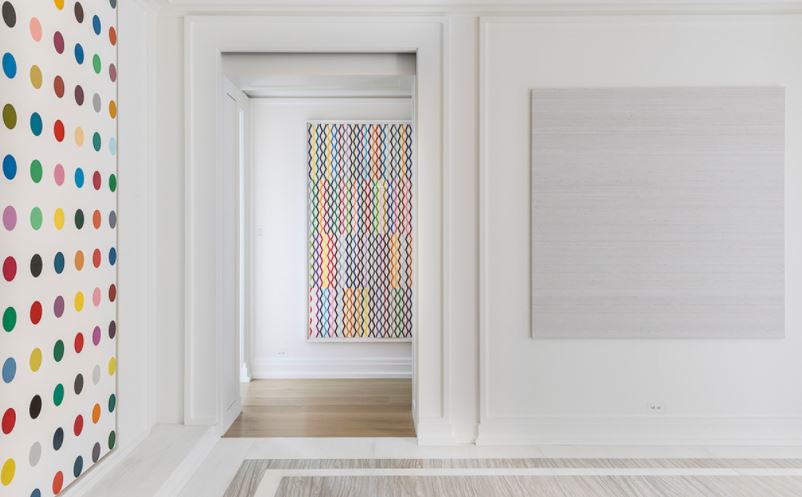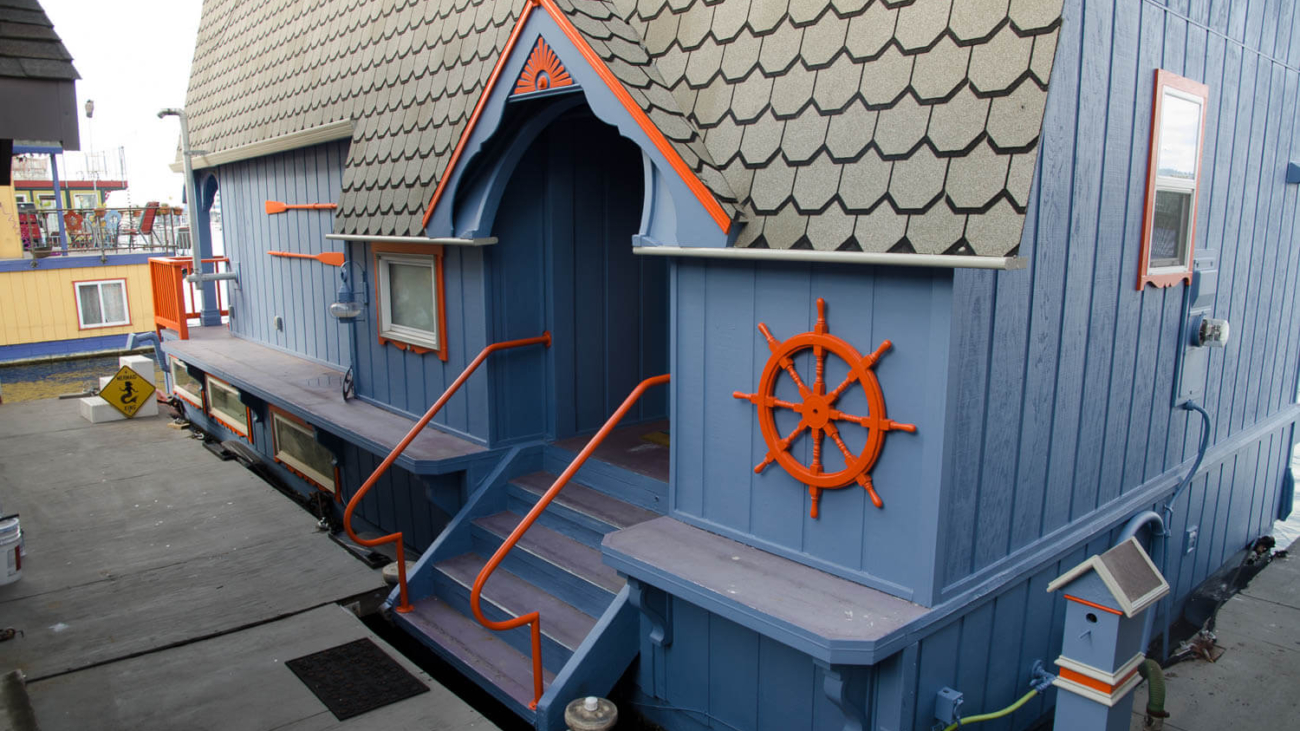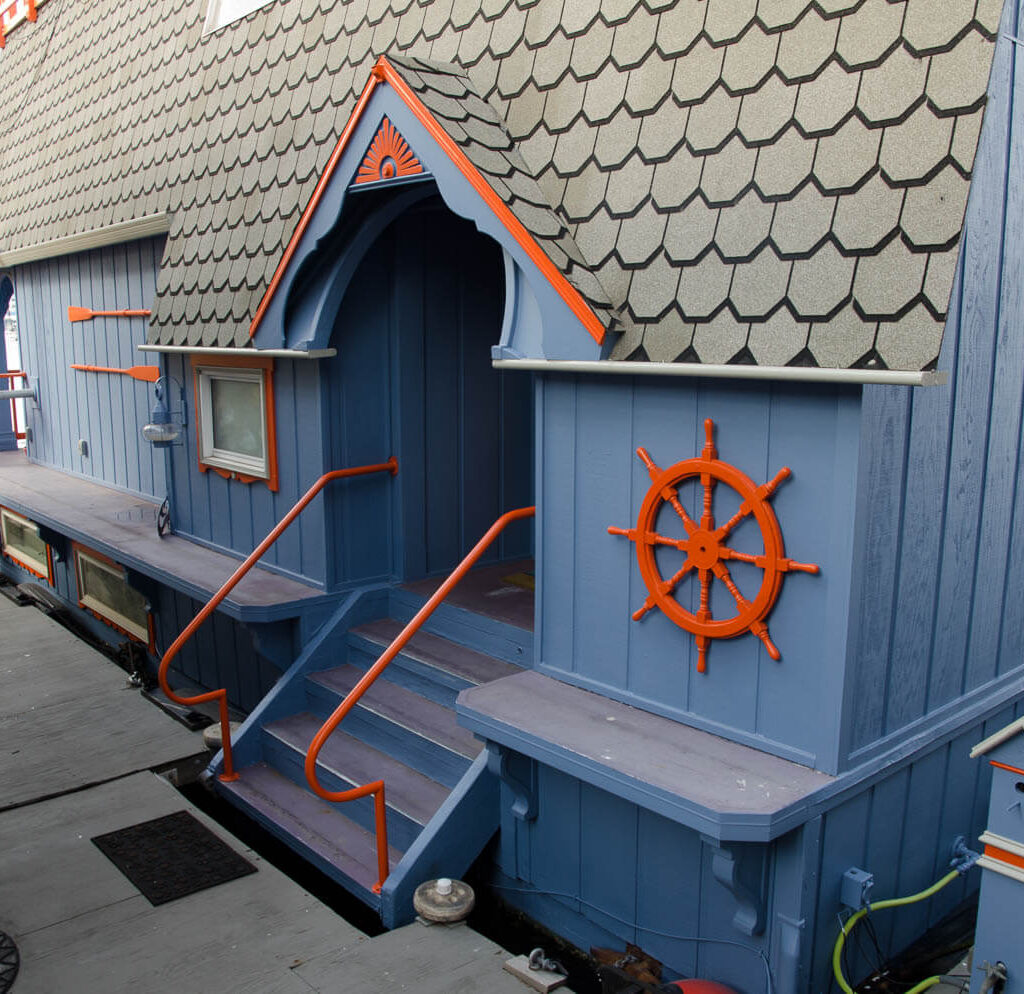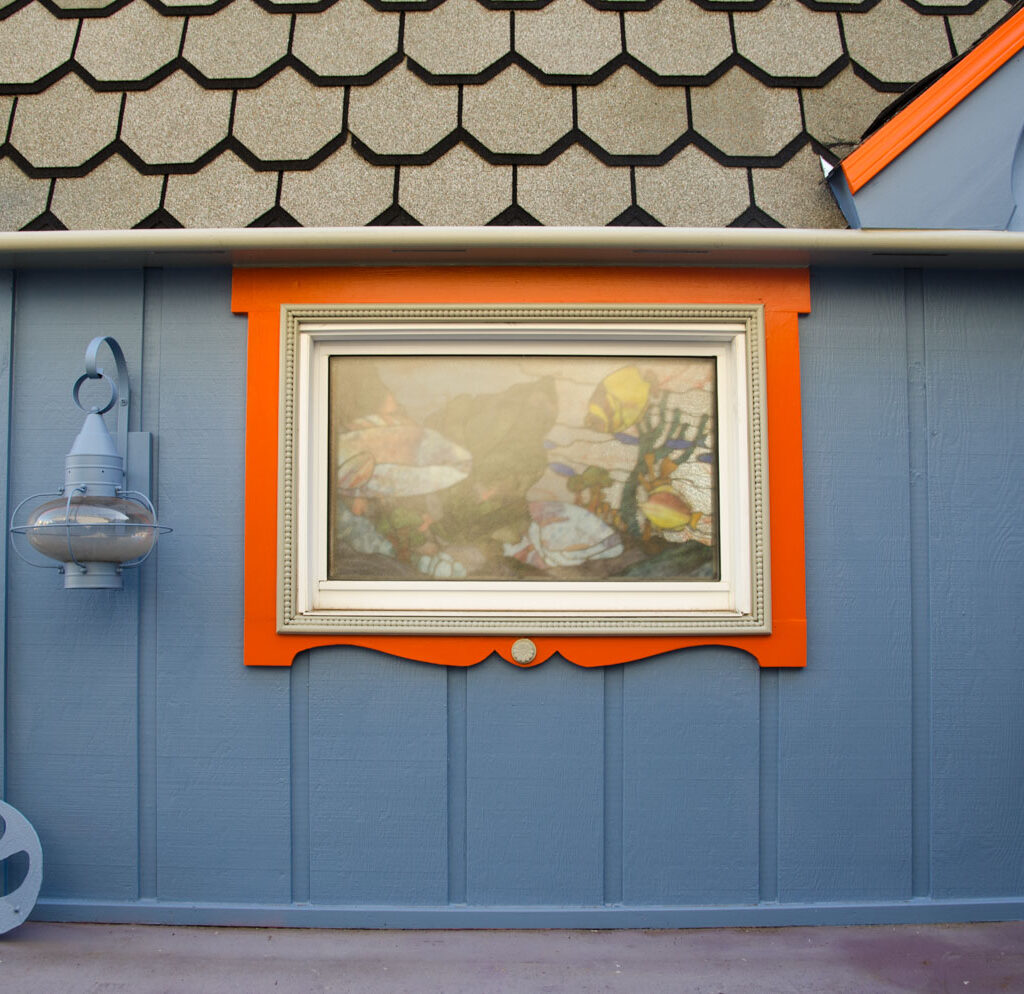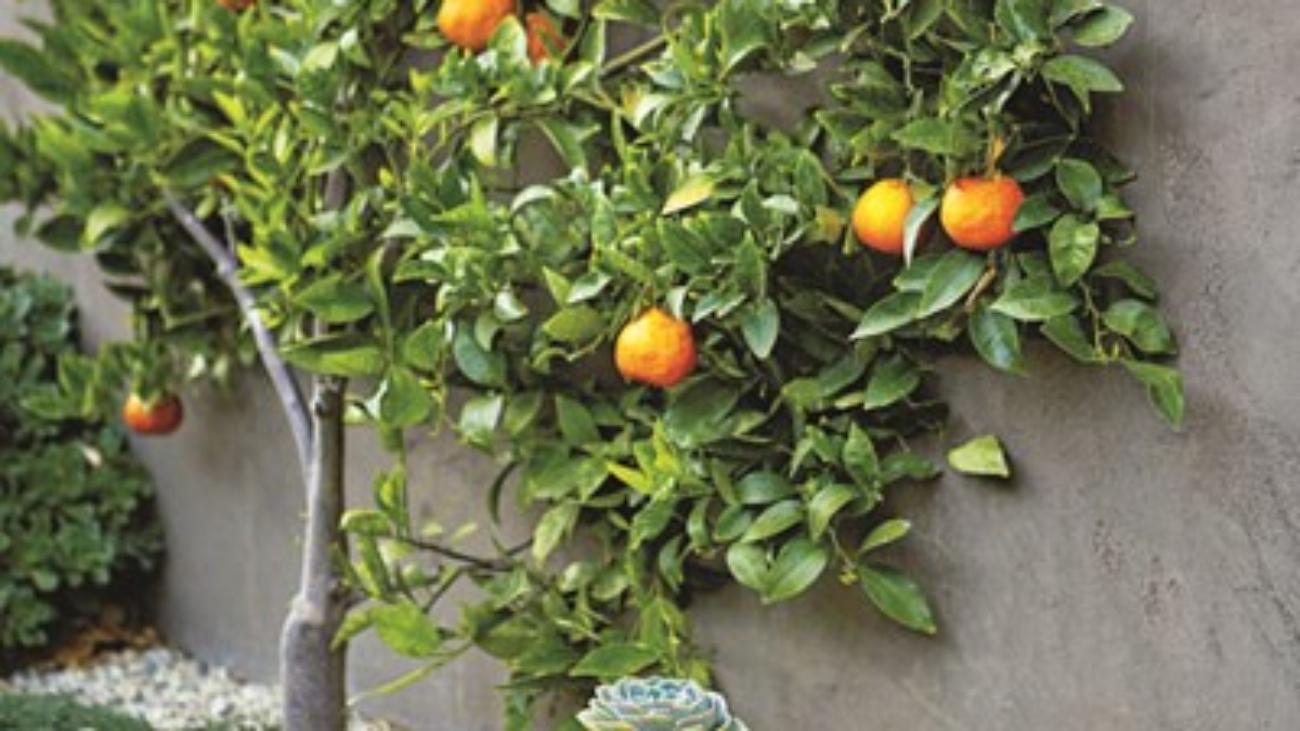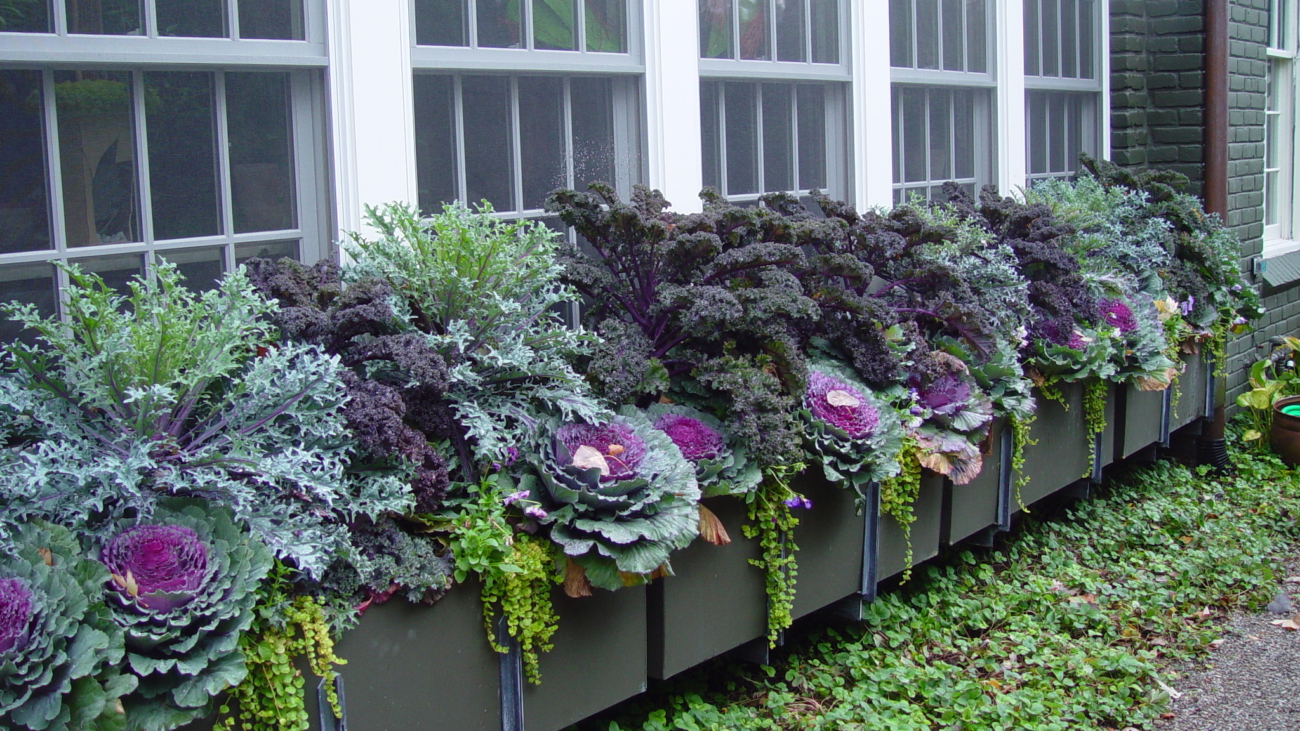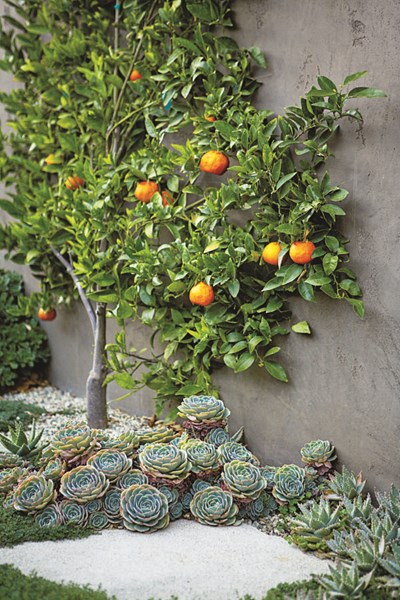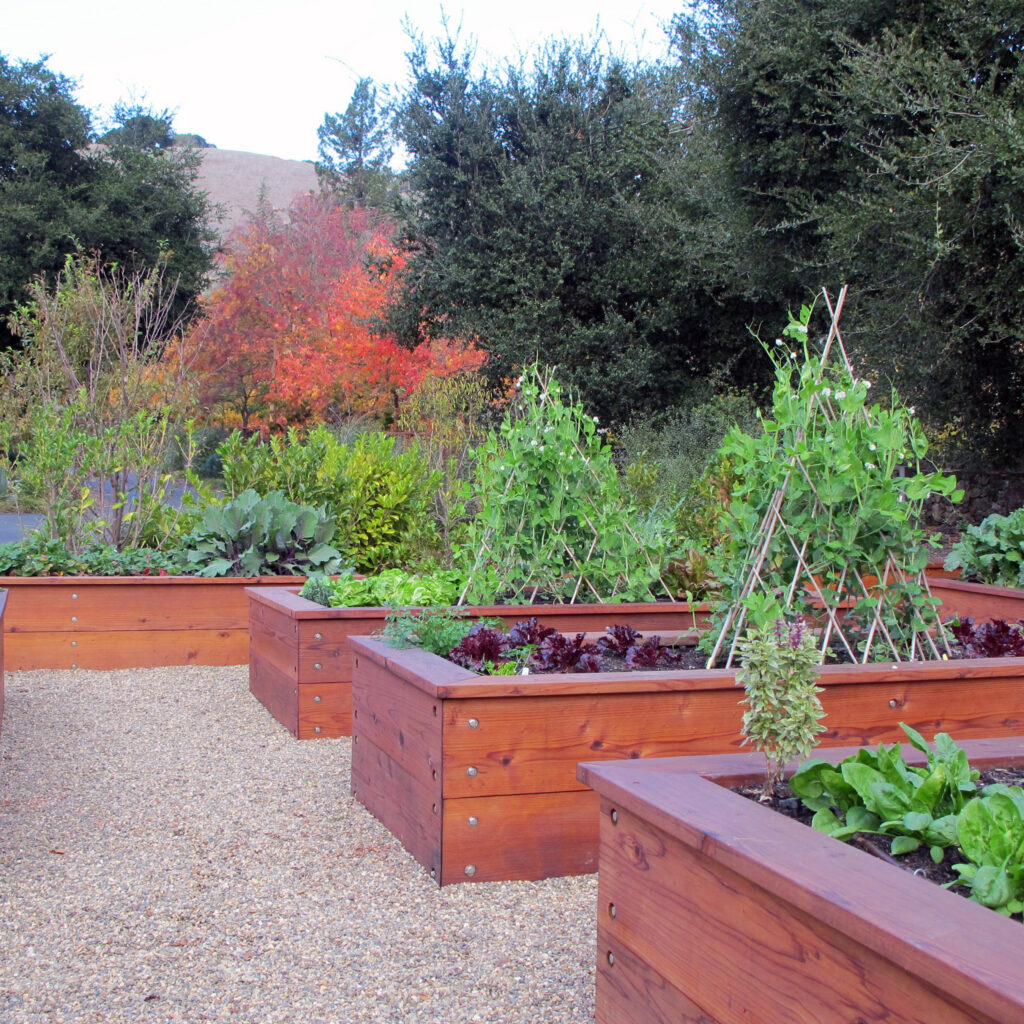Interior painting and artwork have an intimate relationship. The way that light reflects, the color tones shifting against the other’s presence. It is no small thing to choose the right location, lighting, and wall color for art, or to choose the right wall color when those factors have been set.
Which is why we adore and appreciate Danielle Fox and her team of art consultants at SLATE Contemporary in Oakland. An art consultancy and gallery, SLATE represents primarily California artists, many of them from the Bay Area, with a focus on modern contemporary art.
“Our gallery and consultancy is known for contemporary, abstract art. We are always looking for a strong sense of formal qualities, which is about what the materials are and what they will do; artists that are working with composition and color; lines, planes and depth,” explains Danielle.
With over 40 emerging and mid-career artists in their stable, producing abstract, landscape, cityscape, figurative art, impressionism, expressionism, street art, op art, minimalism, and installation art, SLATE has a prodigious rotating collection. About 75% of the artists SLATE represents are based in California, with one-third of that group from the East Bay.
SLATE is a physical gallery in the vibrant Uptown neighborhood of Oakland and participates regularly in promotional events including First Fridays, Saturday Stroll, and Art Murmur. SLATE is also a consultancy, helping homeowners and business owners make decisions about purchasing the right art for their spaces.
“We are really looking for art that people want to live with in their homes,” Danielle explains. “Our emphasis is on art that fulfills the senses in some way, feeding the spirit with beauty and bringing the mind to a place of clarity. Political and conceptual art, by contrast, are important, but are not what most people want to wake up to in the morning or come home to at the end of the day.”
Additionally, SLATE works with Interior Designers and Architects to help them select pieces for their clients and projects. (One of Arana’s favorite Interior Designers is also a visual artist represented by SLATE, Anastasia Faiella.)
Danielle’s parents were artists and, “for the longest time I thought I would do anything-but!” She laughs.
She ended up “falling in love” with Art History in college, obtaining her Ph.D., and then working at Sotheby’s in London for four years. Instead of becoming a subject expert, she found herself drawn to a business development and strategy track. “I learned that I enjoy managing projects and working with people. So now, I get to do these things and do them in relation to the art world, while supporting a local community of artists and collectors.”
Danielle opened SLATE in March 2009, in Temescal. In 2013, she partnered with Shelley Barry which enabled SLATE to expand into commercial art consultancy for businesses, offices, building lobbies and the like; and they moved the gallery to its current location, where, this year, they celebrated the businesses’ 10th anniversary. SLATE Art Consulting serves clients all over the San Francisco Bay Area, including the Peninsula, Marin, Napa, Sonoma, Berkeley, Oakland, Orinda, and Lafayette. SLATE also has a presence in North Lake Tahoe with rotating exhibitions at the Ritz-Carlton hotel and a local representative to work with clients in Truckee, Martis Camp, Northstar, Mountainside, Incline Village, and surrounding areas.
But wait! There’s more…

